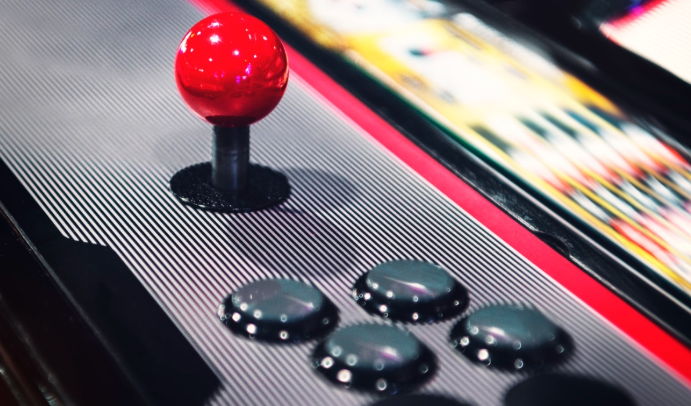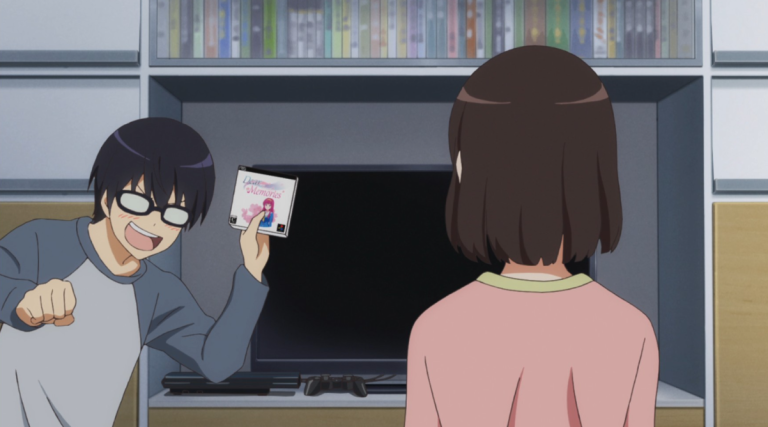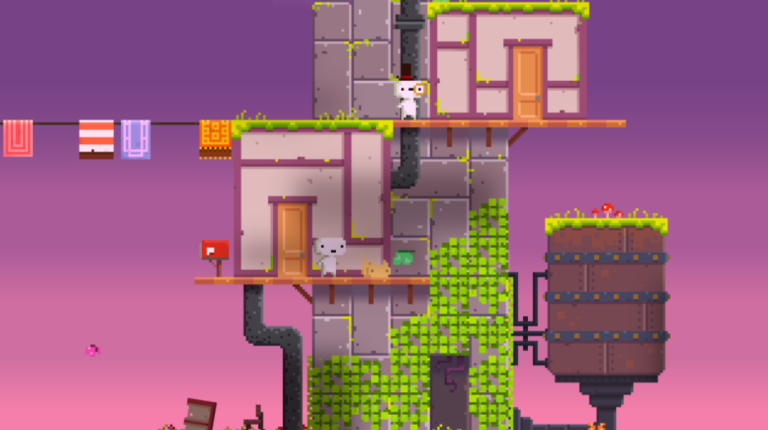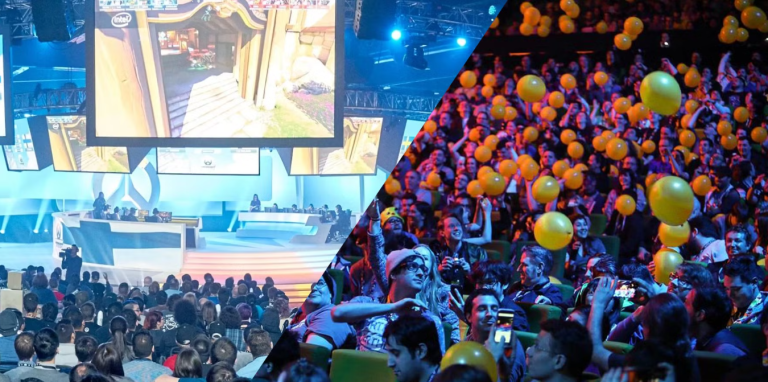
Alex is a hardcore gamer who recently decided to create a Discord server for his favorite game. At first, he thought it would be simple — just a place for players to chat and share tips. But after a month, despite having plenty of members, the server felt dead. People barely talked, and the vibe was as quiet as an empty room. Alex couldn’t help but wonder: what went wrong?

This scenario is all too common in gaming communities. Discord is naturally built for player interaction and socializing, but if it’s not managed well, even a large server can feel lifeless. So, how do you create a Discord server that players actually want to spend time in — one that feels alive, buzzing, and addictive? Drawing from what I’ve seen and learned from successful communities, here are five practical strategies that work.
First and foremost: help your players feel a sense of belonging. Just like in real life, everyone wants a circle of friends, a squad they identify with. Alex eventually split his server into different groups — a “Newbie Zone,” a “Competitive Squad,” and a “Casual Hangout,” so players could join the corner that best fits their playstyle and interests. Instead of wandering aimlessly in one big group, players found their “home turf.” Take Chris, for example — a competitive player who joined the competitive squad. He started regularly scheduling matches and sharing strategies with his teammates. When a new season or tournament kicked off, these groups were buzzing with excitement and discussions.
Second, host regular interactive events. Text chats alone can get stale and exhausting, especially without any clear topics. Alex started running trivia nights, skill contests, and in-game tournaments that matched up with official events. Players loved participating, and winners got small in-game rewards or special server titles. These activities pumped up the energy and made both new and old players stick around longer. Alex fondly recalls one “Late Night Challenge” event when players were still shouting “one more round!” well past 10 PM. Moments like that are pure gold.
Third, don’t underestimate the power of atmosphere. Many servers lose players because rules are too strict or admins come off as stiff. Alex took a more relaxed, but firm, approach. Admins weren’t just moderators but active “buddies” who cracked jokes, shared memes, and lightened the mood. One time, a player shared a hilarious fail video, and an admin’s witty comeback sparked a flood of laughs and conversations. When a server feels like a friendly hangout instead of a formal club, people naturally want to stay.
Fourth, keep your content diverse and valuable. Discord isn’t just for chatting — it’s a hub for resources. Alex’s server featured links to guides, breaking news, pro tips, and even video tutorials. There was a dedicated channel for sharing all kinds of game-related content. Many newbies joined simply because they knew they’d get access to quality info without hunting around the web. A server that doubles as a social spot and a resource library serves multiple needs and becomes indispensable.

Lastly, foster player involvement and recognition. Alex encouraged members to pitch ideas, suggest events, and even design custom emojis. Active contributors earned titles like “Assistant Mod” or unique badges, giving them a sense of achievement. Taylor, for example, became famous as the “Emoji King” after designing some hilarious reaction emojis — and he became even more engaged in the community. When players feel ownership and appreciation, they invest their time and heart.
Running a Discord server is like tending a small garden. It needs sunlight, water, patience, and care. There’s no magic formula, but with a warm environment where players feel welcome, involved, and excited, a tight-knit community naturally grows.
At its core, gaming culture is about connection and recognition. Discord shouldn’t be a cold tool; it should be a “second home” for players. Only by truly understanding what players want and applying real-world social insights can you build a server people just can’t quit.

Today, Alex’s server is buzzing with life. Every day, dozens discuss new patches, plan co-op runs, and some have even met up offline thanks to friendships born online. Looking back, Alex laughs at how naive he was thinking “just create a group” would be enough. Good server management takes heart, detail, and genuine effort.
If you’re thinking about launching your own gaming Discord, try these five strategies. Connect through real stories, create a warm vibe, and watch your server become a thriving community. Because gaming isn’t just about smashing keys — it’s about the people you share it with.
![]()


